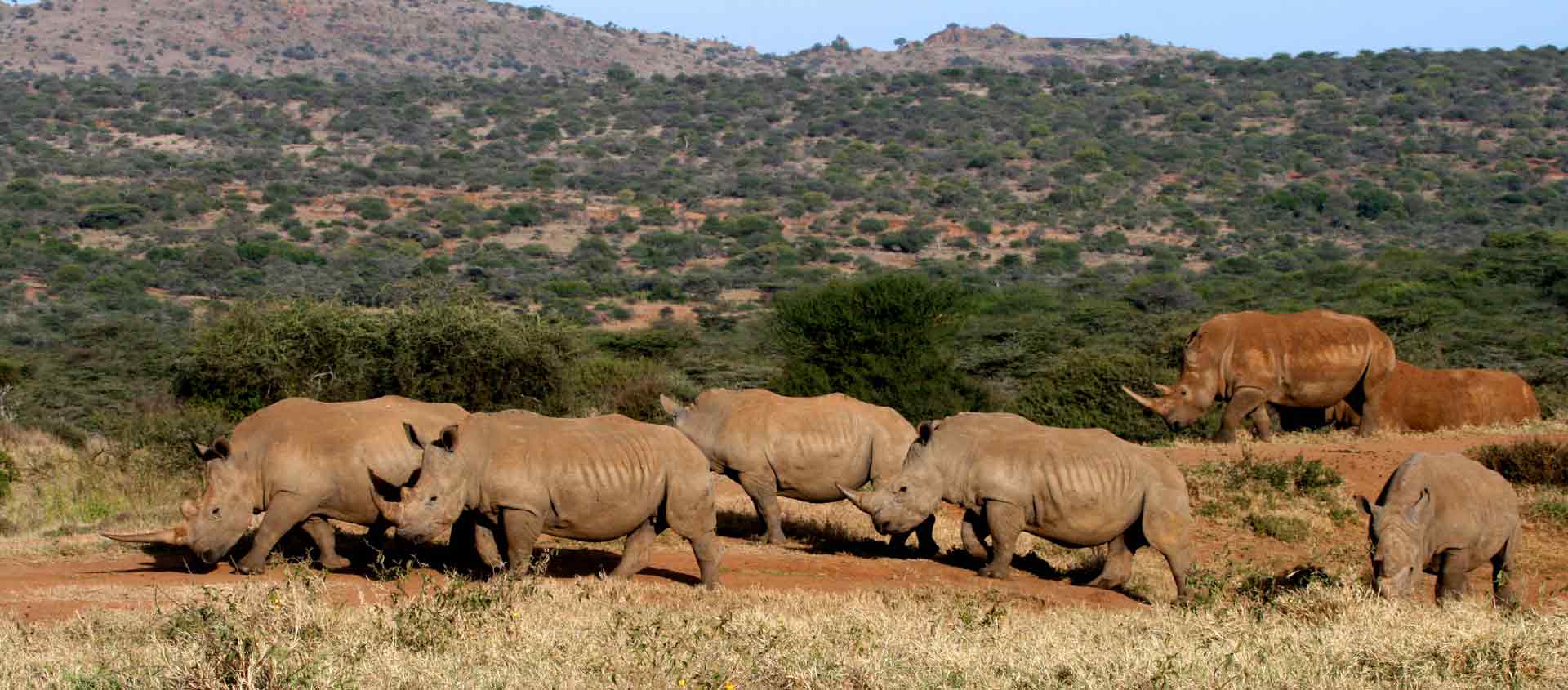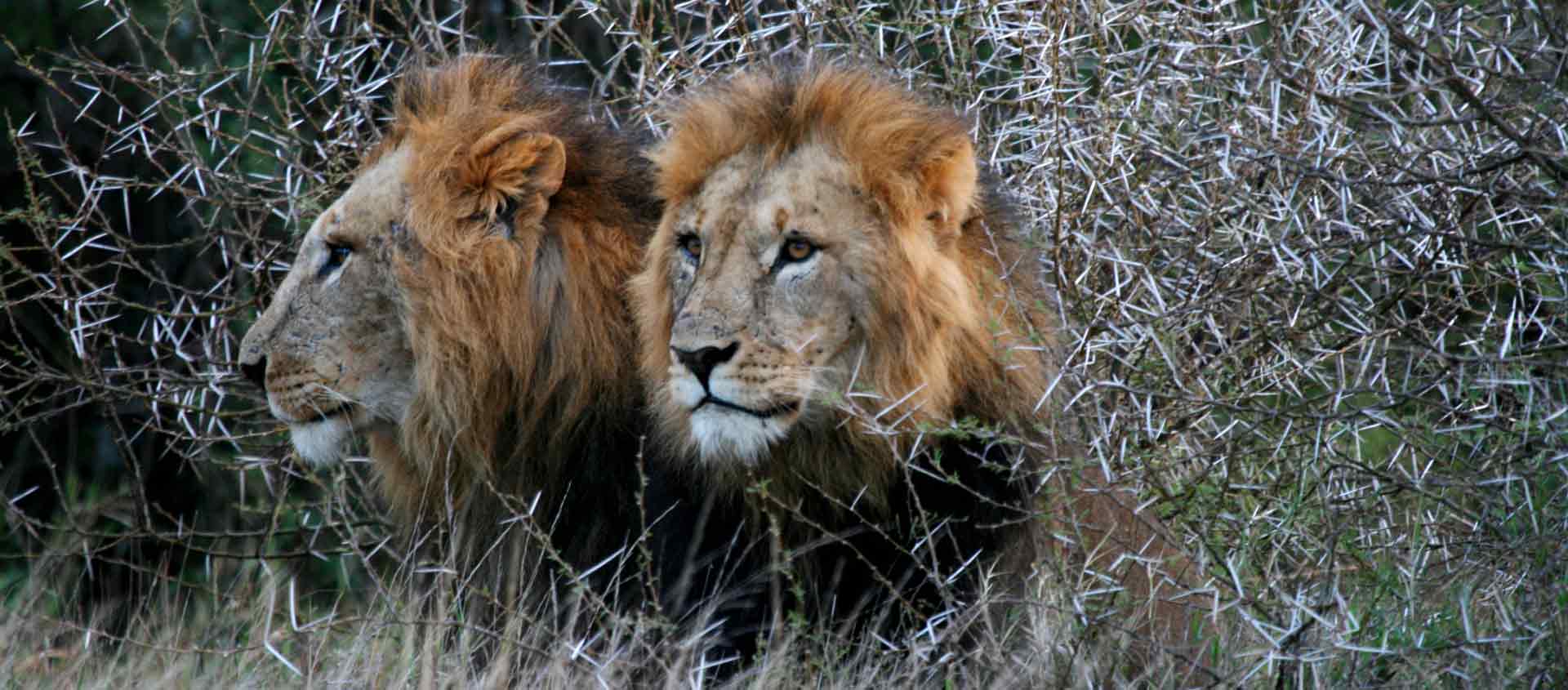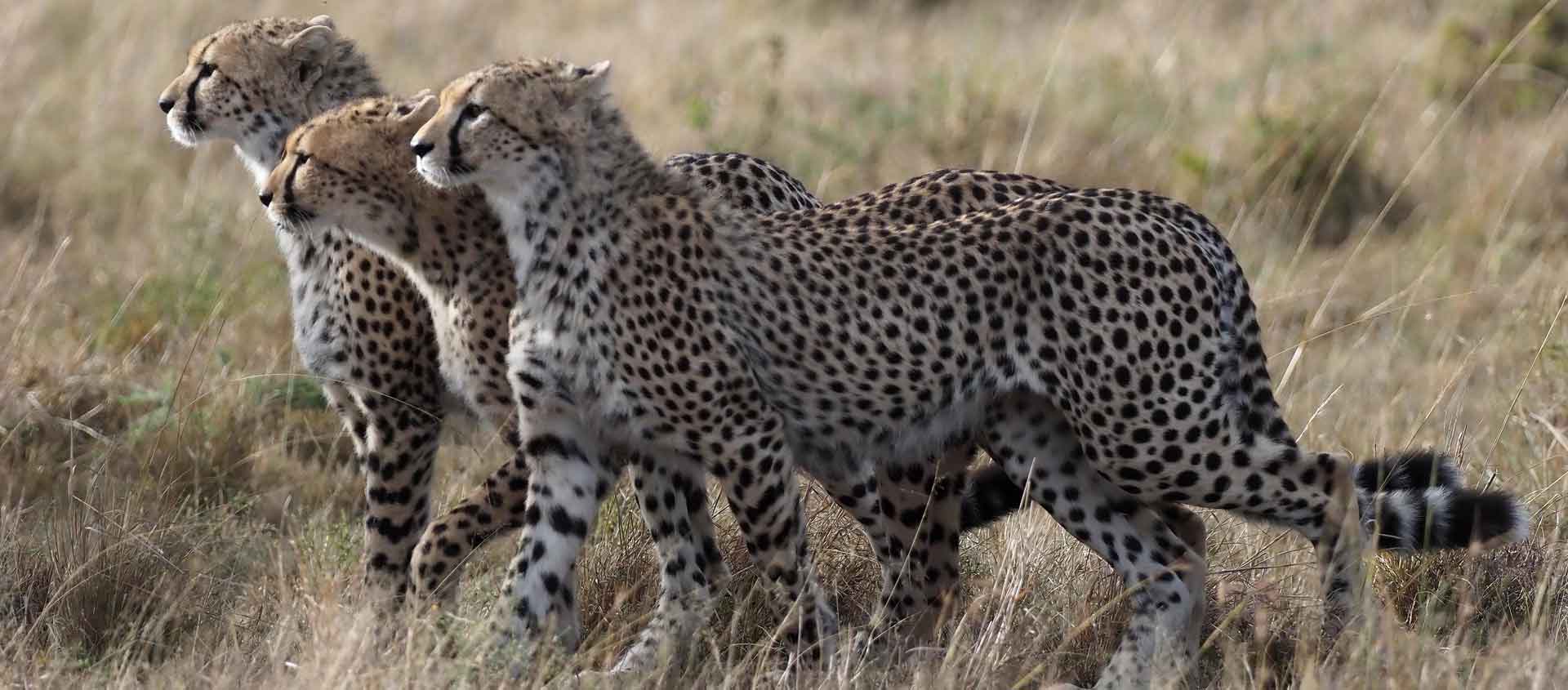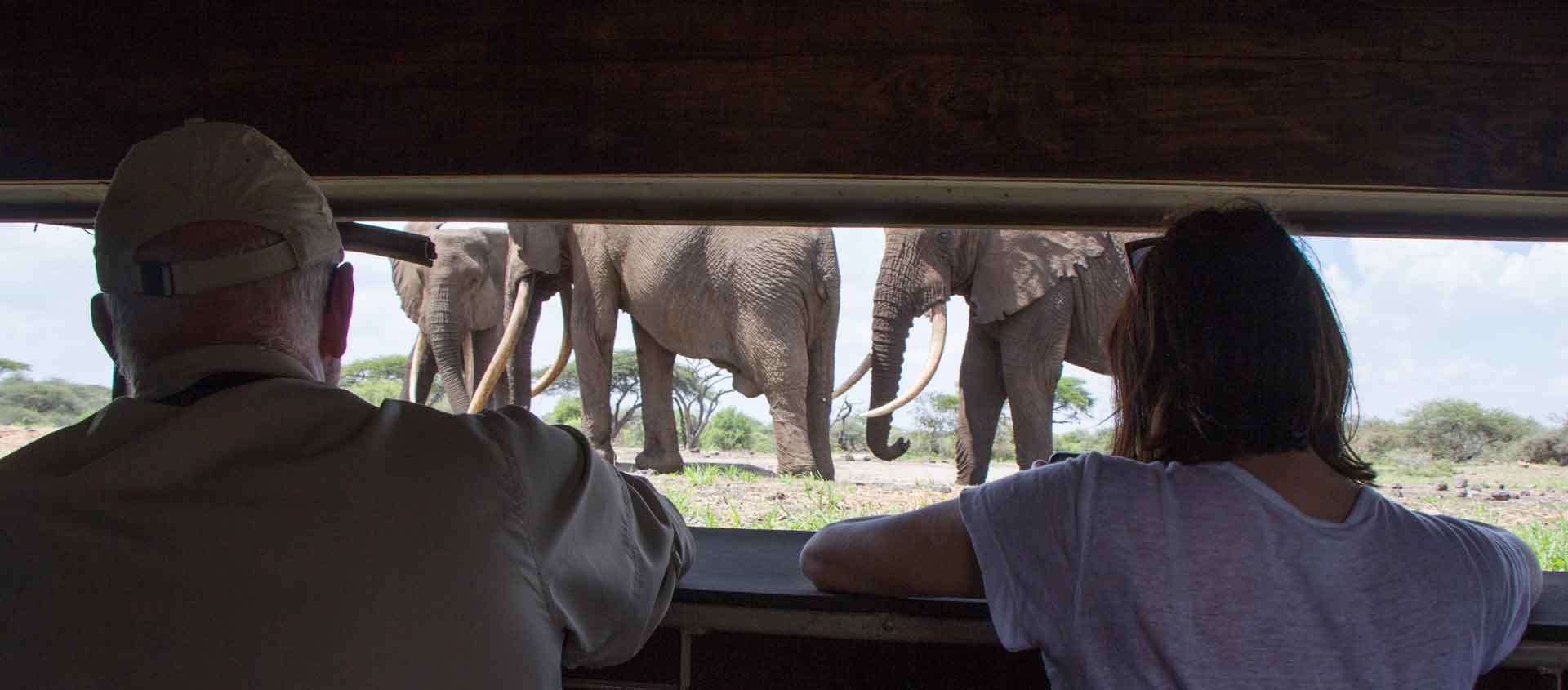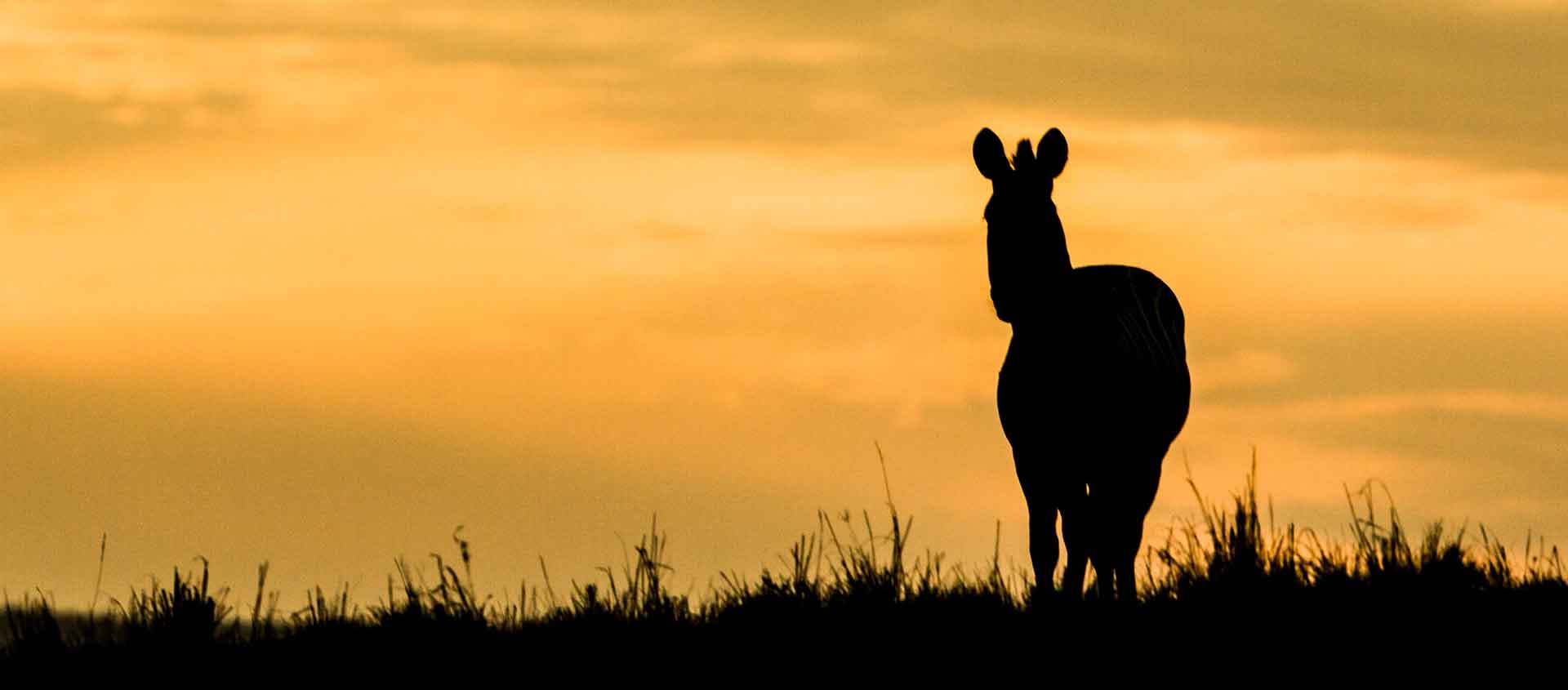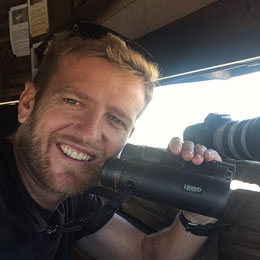Kenya
December 1 – 16, 2025
Kenya Private Wildlife Reserves
Kenya is the original birthplace of “Safari”. Lying on the Equator, and straddling Africa’s Great Rift Valley, it’s varied landscapes and wildlife riches are unmatched on the continent. Sadly, this same diversity and accessible location to Europe has made it something of a victim of its own success, its legendary wildlife reserves often choked with safari vehicles and selfie sticks. Fortunately, true wilderness awaits the intrepid explorer. Join Apex on an ultimate Kenya safari that incorporates remote private reserves and exclusive wildlife concessions. Explore impossibly rich thorn savannahs and the Masai Mara’s endless plains for unrivaled wildlife encounters. Then, meet the people behind the conservation programs and community development projects that ensure Black and White Rhinos still roam free. Experience incomparable Kenya private wildlife reserves on this ultimate “Out of Africa” safari.
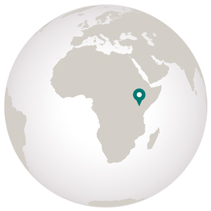
Destinations
- Travel by Air
- Travel by Road
- Travel by Boat
- Travel by Bullet Train
- Travel by Rail
- Travel by Dog Sled
-
Monday, December 1: Arrive Nairobi
Arrive in Kenya’s cosmopolitan capital city of Nairobi and transfer to Hemingways, nestled between Nairobi National Park and the foot of the Ngong Hills. At your welcome dinner, meet your fellow travelers and Apex expedition leaders. Overnight at Hemingways.
-
Tuesday, December 2: Nairobi / Lewa Wildlife Conservancy
After breakfast, transfer to Wilson Airport for a private charter flight due north to the Lewa Wildlife Conservancy, 62,000 acres of vast wilderness famous for its successful breeding and conservation programs. Enjoy lunch upon arrival at Elewana Lewa Safari Camp. This unique and exclusive retreat offers an unforgettable combination of scenery, superb game viewing, excellent hospitality, and conservation education. Dinner and overnight at Elewana Lewa Safari Camp.
-
Wednesday & Thursday, December 3 & 4: Lewa Wildlife Conservancy
Lewa affords dramatic views of snowcapped Mt. Kenya with diverse habitats that include pristine forest, fertile grasslands, springs, and Acacia woodland. With more than 70 mammal species and 450 species of bird, the wildlife experience here is unrivaled. Spend your days exploring the reserve and learning about the ongoing conservation efforts. Originally registered as a rhino conservancy in 1983, Lewa is best known for its successful rhino and Grevy’s Zebra breeding programs. Today, Lewa is home to 12% of Kenya’s rhinos, and 20% of the world’s population of Grevy’s Zebra. The reserve also supports large herds of elephant, Lion, wild dog, Cheetah, and buffalo. Dinners and overnights at Elewana Lewa Safari Camp.
-
Friday, December 5: Lewa Wildlife Conservancy / Namunyak Wildlife Conservancy
This morning, head back to the airstrip to fly further north to the Namunyak Wildlife Conservancy, 850,000 acres of wilderness nestled along the slopes of the Mathews Mountains. This area of northern Kenya has become a safe haven for wildlife including the second-largest population of elephant in Kenya, Reticulated Giraffe, critically endangered Grevy’s Zebra, leopard and more. Upon arrival at Sarara Camp, enjoy lunch before setting out on an afternoon game drive. Dinner and overnight at Sarara Camp.
-
Saturday & Sunday, December 6 & 7: Namunyak Wildlife Conservancy
This remote and dramatic landscape is home to the Samburu people whose age-old traditions, including the famed ‘singing wells’ are as much a part of the fabric of this land as the wildlife. The area hosts an astounding array of wildlife, most notably the “Special Five”: desert-adapted Grevy’s Zebra, striking Reticulated Giraffe, statuesque Beisa Oryx, long-necked Gerenuk, and Somali Ostrich. Activity options include game drives, walks, and village visits with Samburu tribespeople to marvel at their striking body adornments, unchanged in centuries, and learn how their traditional pastoral existence has adapted to 21st century challenges. Dinners and overnights at Sarara Camp.
-
Monday, December 8: Namunyak Wildlife Conservancy / Chyulu Hills National Park
After breakfast, head to the airstrip for a flight south, to the Maasai-owned Mbirikani Group Ranch, comprising 275,000 acres of arid Maasai thorn country bordering the Chyulu Hills National Park. Arrive at Ol Donyo Lodge and enjoy lunch with magnificent views out over the plains towards the towering, snow-capped peak of Mount Kilimanjaro. This afternoon, head out for a game drive through the savannah, with sundowners in the reserve. Dinner and overnight at Ol Donyo Lodge.
-
Tuesday – Thursday, December 9 – 11: Chyulu Hills National Park
Maximize your three full days in this private concession, chalking up the many and varied activities that Ol Donyo has to offer. Exploration by open safari vehicle happens every morning and afternoon, as well as spotlighting after dark, but you may also choose to leave the vehicles behind and head out on foot. The area is home to Lion, leopard, rhinoceros, and Cape Buffalo but is particularly known as being home to some of Africa’s last remaining big Tuskers, and we make a special effort to see and photograph these incredible leviathans. The arid savannahs also support healthy populations of Cheetah and Fringe-eared Oryx.
In addition to its charismatic megafauna, Kenya is justifiably renowned for the sheer diversity and abundance of its avifauna. At the lodge, take advantage of a well-appointed hide, the “Log Jam”, eye-level to the water, to experience this firsthand. Especially during the afternoon heat, a steady procession of birds, from large raptors, bustards and francolins to brilliant bee-eaters, starlings and waxbills, visit to slake their thirst. Mbirikani is a community conservation initiative, owned and run by a group of Maasai tribespeople. Visit their village to talk to them and learn about the inspirational conservation work ongoing here. Dinners and overnights at Ol Donyo Lodge.
-
Friday, December 12: Chyulu Hills National Park / Olare Motorogi Conservancy
Today fly northwest to the Olare Motorogi Conservancy, a 33-square-mile private expanse abutting the famed Maasai Mara Reserve’s northern boundary. This verdant savannah provides habitat for a diverse range of herbivores and omnivores, from Masai Giraffe and Plains Zebra to Kongoni and warthog, supporting a phenomenal density of predators. Lion and Cheetah are particularly conspicuous, as well as Spotted Hyena and three species of jackal. Arrive at the exquisite Mara Expedition Camp, nestled in lush forest on a bend of the Ntiakitiak River. Enjoy lunch before heading out for an afternoon game drive. Dinner and overnight at Mara Expedition Camp.
-
Saturday – Monday, December 13 – 15: Olare Motorogi Conservancy
Enjoy three days exploring this perfectly preserved swathe of rolling wilderness. There are no set schedules at Olare Motorogi—game drives and walks maximize the wildlife-viewing opportunities, with meals frequently taken in the field. A number of seasonal streams run across the savannah, fringed by stretches of gallery forest that provides cover for Cape Buffalo, Zambezi Bushbuck, Olive Baboon and a plethora of birdlife. Visit a Maasai village to learn about the customs and culture of this ancient tribe or take an optional Hot Air Balloon Safari (additional cost) for a bird’s eye view of the northern Serengeti’s endless plains. Drift silently at sunrise, appreciating the sights and sounds of the waking savannah below. Meals and overnights at Mara Expedition Camp.
-
Tuesday, December 16: Olare Motorogi Conservancy / Nairobi
After a final morning at Mara Expedition Camp, fly to Nairobi and transfer to Hemingways with panoramic views of the famed Ngong hills. Enjoy lunch and day room use, before your transfer to the airport for international flights home.
Details
- December 1 – 16, 2025
- Leaders Marco Tonoli & Liam Rainier
- $27,970 Per Person Rate
- $32,890 Solo Rate
- 16 days Trip Length
- 12 guests
- Nairobi Start/End
Call us to reserve your spot on this exciting expedition!

